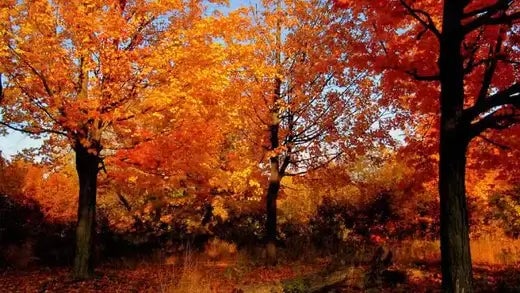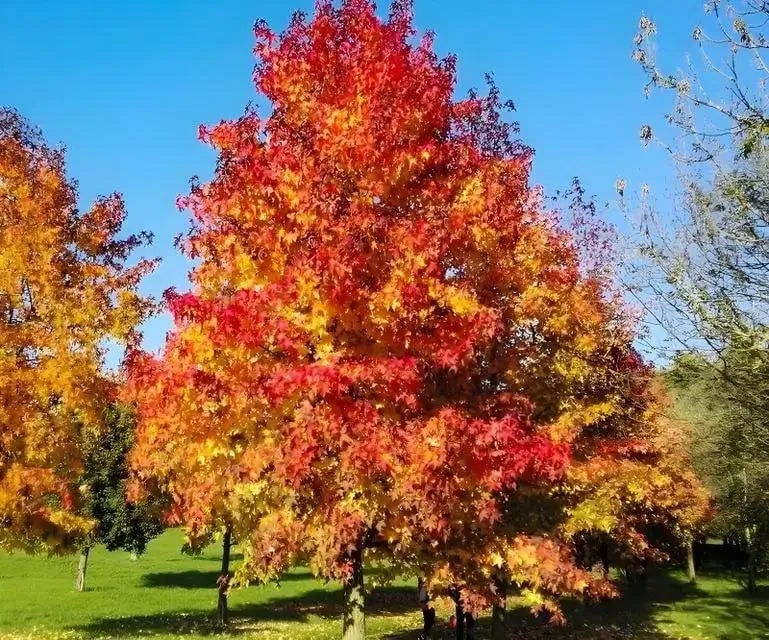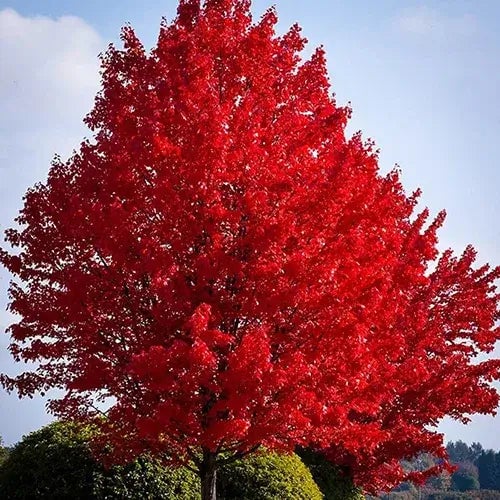Trees For A Colorful Autumn
This annual phenomenon, known as fall foliage, draws people worldwide to witness the breathtaking kaleidoscope of colors that adorn forests, parks, and landscapes. Among the myriad trees contributing to this spectacular display, several stand out for their unique and captivating autumn hues.
The Science Behind Autumn Colors:
Before delving into the specific trees that contribute to the colorful autumn landscapes, it's essential to understand the science behind this captivating phenomenon. The process of changing leaf colors in autumn is primarily attributed to the decreasing daylight hours and cooler temperatures.
Stars of the Autumn Show:
Sugar Maple (Acer saccharum): Arguably one of the most iconic trees for fall foliage, the sugar maple dazzles with its brilliant orange, red, and burgundy leaves. The vibrant and varied display of colors makes it a sought-after tree in gardens and parks. Found predominantly in North America, particularly in the northeastern United States and parts of Canada, the sugar maple's leaves create a mesmerizing carpet of color when they blanket the ground.
Red Maple (Acer rubrum): Another popular contributor to the fall foliage extravaganza, the red maple lives up to its name by displaying shades ranging from deep red to fiery orange. Native to North America, this tree can be found in various habitats, adapting to multiple soil types and climates. Its adaptability and stunning autumn display make it a favorite for both landscapers and nature enthusiasts.
Oak Trees (Quercus spp.): Oaks, known for their strong and enduring presence, also play a role in the autumn color symphony. While they may not exhibit the same fiery reds and oranges as maples, oak leaves often turn russet or bronze, adding a touch of warmth to the landscape.
Sweetgum is native to eastern North America, the sweetgum tree showcases a unique blend of colors, including yellow, red, and even purple. What makes the sweetgum particularly fascinating is that its star-shaped leaves often change color unevenly, creating a mottled effect that adds depth to the autumn palette.
Birch (Betula spp.): Birch trees are known for their striking white bark, but they also have a role to play in the fall spectacle. Their slender forms and graceful foliage make them stand out among other trees.
Dogwood (Cornus spp.): Dogwood trees are admired for their springtime blossoms and their autumn foliage. With leaves that can turn deep red or even purple, these trees provide a contrasting backdrop to fall's more traditional warm hues.
Planting Trees for a Colorful Autumn: If you want to enhance the autumn beauty of your surroundings, consider planting trees known for their vibrant fall foliage. When choosing trees for this purpose, it's essential to consider your local climate, soil type, and available space. Consulting with local nurseries or arborists can help you select the best species for your area. Remember that planting trees is a long-term commitment, as they take years to mature and develop their full autumn potential. However, the rewards are well worth the patience. Not only do these trees provide stunning fall displays, but they also contribute to the overall health of the ecosystem by providing habitat shade and promoting air and water quality.
Appreciating Nature's Artistry: As autumn approaches, the anticipation of the breathtaking transformation of tree leaves becomes palpable. People embark on nature hikes, scenic drives, and outdoor adventures to witness firsthand the splendor of fall foliage. Photography enthusiasts eagerly capture the rich tapestry of colors, attempting to encapsulate nature's artistry through their lenses. Beyond the visual delight, the autumn foliage holds symbolic significance. The changing colors symbolize the beauty of transition and the importance of embracing change in our lives.
Conclusion
Trees for a Colorful Autumn offers a symphony of colors that captivate the senses and remind us of the wonder of the natural world. From the fiery reds of maples to the golden yellows of birches, these trees contribute to an annual spectacle that continues to awe and inspire. Planting and nurturing these trees enhances the beauty of our surroundings and fosters a deeper connection to the cycles of nature. As we immerse ourselves in the vibrant hues of autumn, let us also reflect on the fleeting yet magnificent moments that remind us of life's profound beauty.
Read more
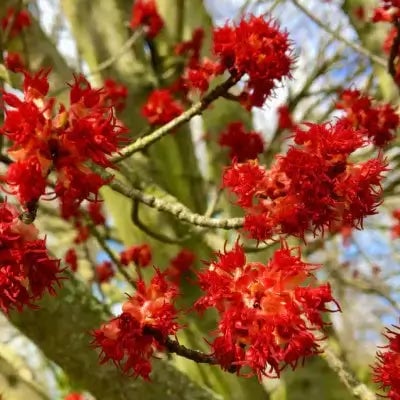
Red maple trees are fast-growing, deciduous, and adaptable to most soils and climates. They are best for shade and have a beautiful color change from green in summer to red in fall.
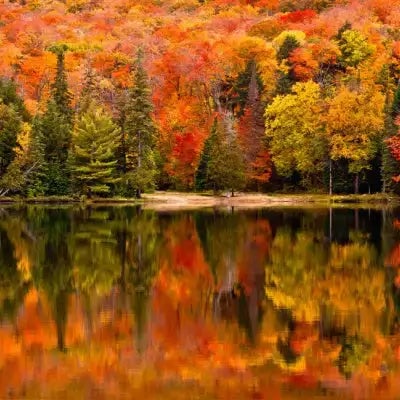
Fall is right around the corner, but deciding what type of trees will offer you those glorious colors is sometimes a difficult choice for any homeowner to make.


